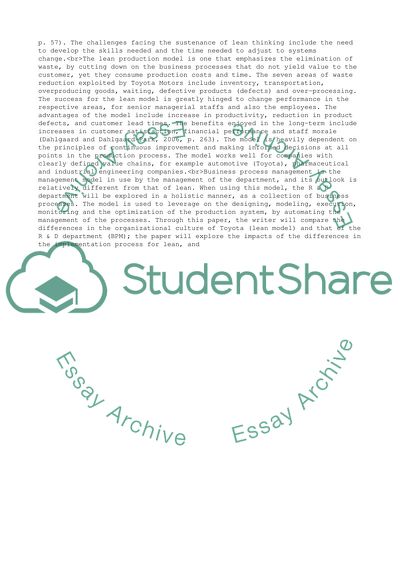Cite this document
(“Lean Principles and Application Essay Example | Topics and Well Written Essays - 1250 words”, n.d.)
Retrieved from https://studentshare.org/management/1656106-lean-principles-and-application
Retrieved from https://studentshare.org/management/1656106-lean-principles-and-application
(Lean Principles and Application Essay Example | Topics and Well Written Essays - 1250 Words)
https://studentshare.org/management/1656106-lean-principles-and-application.
https://studentshare.org/management/1656106-lean-principles-and-application.
“Lean Principles and Application Essay Example | Topics and Well Written Essays - 1250 Words”, n.d. https://studentshare.org/management/1656106-lean-principles-and-application.


